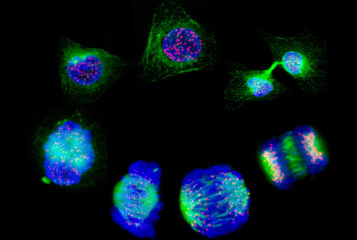CRISPR therapy treats rare genetic inflammatory disorder
A single dose of a CRISPR-based gene therapy could cure inflammation in people affected by a rare condition that causes life-threatening swelling attacks, according to a new clinical trial...

A single dose of a CRISPR-based gene therapy could cure inflammation in people affected by a rare condition that causes life-threatening swelling attacks, according to a new clinical trial...

PET's latest online event discussed the recently published reports from the World Health Organisation on human genome editing...

CRISPR genome editing may result in unwanted heritable genetic changes, which could lead to long-term risks in a clinical context...

An improved genome editing method could potentially correct 89 percent of known genetic defects causing disease, US scientists say.

Two rare gene variants have been discovered in a Scottish woman who lives a virtually pain-free life...

The UK scientist Professor Sir David Weatherall, who was the first to show that a gene deletion could cause a human disease, has passed away...

by Ewa Zotow
Scientists have found a set of genes that may explain the unusually large size of the human brain in comparison with other apes...

Scientists have found 27 new tumour suppressor genes...

Scientists have developed the genome editing technique known as 'base editing' to turn adenine-thymine base pairs back to guanine-cytosine...

Scientists have repaired the faulty gene in a mouse model of muscular dystrophy by using gold nanoparticles to deliver the genome editing tool CRISPR-Cas9...
BioNews, published by the Progress Educational Trust (PET), provides news and comment on genetics, assisted conception, embryo/stem cell research and related areas.

